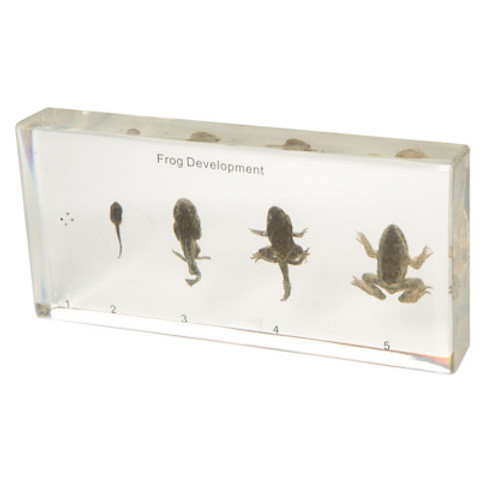Life Cycle of Silkworm Moth - Bombyx mori
The Science:
Silk as a commercial industry began in northern China over 4,000 years ago. While the larva of most Moths and Butterflies produce silk, the Silkworm Moth has been domesticated for so long that it can no longer survive in the wild. The female Silkworm lays her tiny black eggs in the summer or early fall. The eggs lie dormant through the winter months, hatching in the spring as hairy, 3mm long larvae. The larva eats mulberry leaves ravenously for the next few weeks, growing to about 2 inches long. It then goes through five stages of growth, molting at each stage. It loses its hairy exterior with the first molt, and for the rest of its life as a larva its skin is soft and smooth. After it is done molting, the Silkworm spins an oval, white or yellow cocoon and emerges weeks later a full grown Silkmoth. The Silkworm is now approaching the end of its life – the adult moth cannot fly and it does not eat or drink. It mates, lays eggs, and dies.
The Story:
This series of specimens mounted in crystal-clear lucite depicts the life cycle of the silkworm moth in 6 stages, from Larva to adult. The cocoon stage includes a cutaway view of a developing silkworm larva, along with both adult male and female silkworm moths. Captured in stunning detail, this is a great educational display or an unusual piece of science decor for a desk or shelf!
DETAILS
SKU: AP-RE0004Dimensions: 6.5"W x 3"H x 1"D
Scientific Name: Bombyx mori
Origin: China
Shipping Restrictions: International wildlife export fees apply
Customers with shipping addresses outside of the US will be charged an additional fee. Read our full international wildlife shipping policy here.
- Color:
- White
- Color:
- Yellow
- Origin:
- Asia
- Shipping Restrictions:
- IF&W







